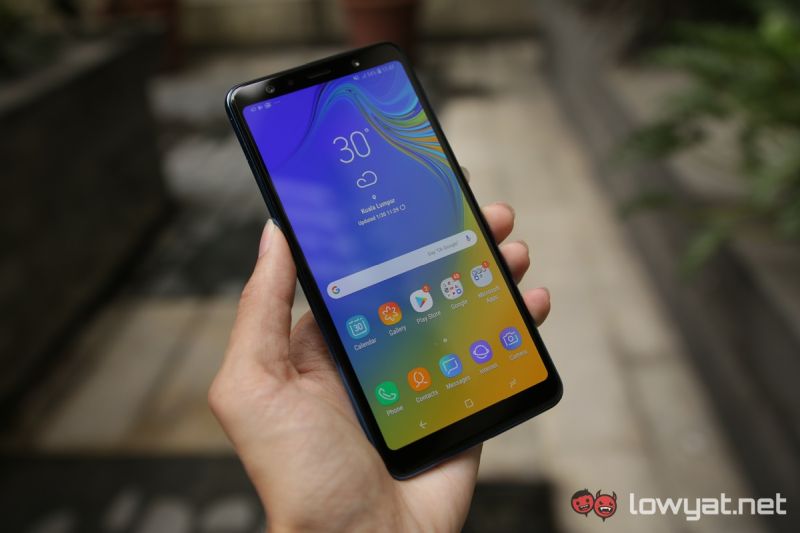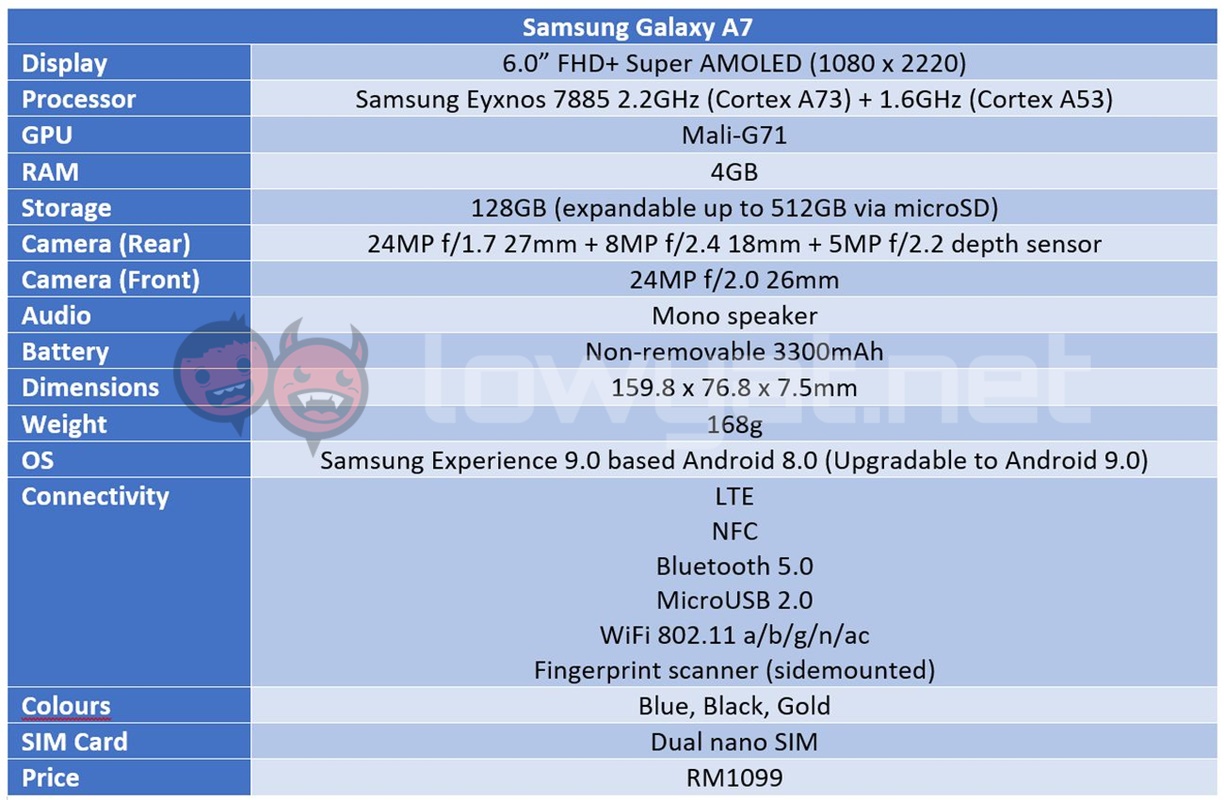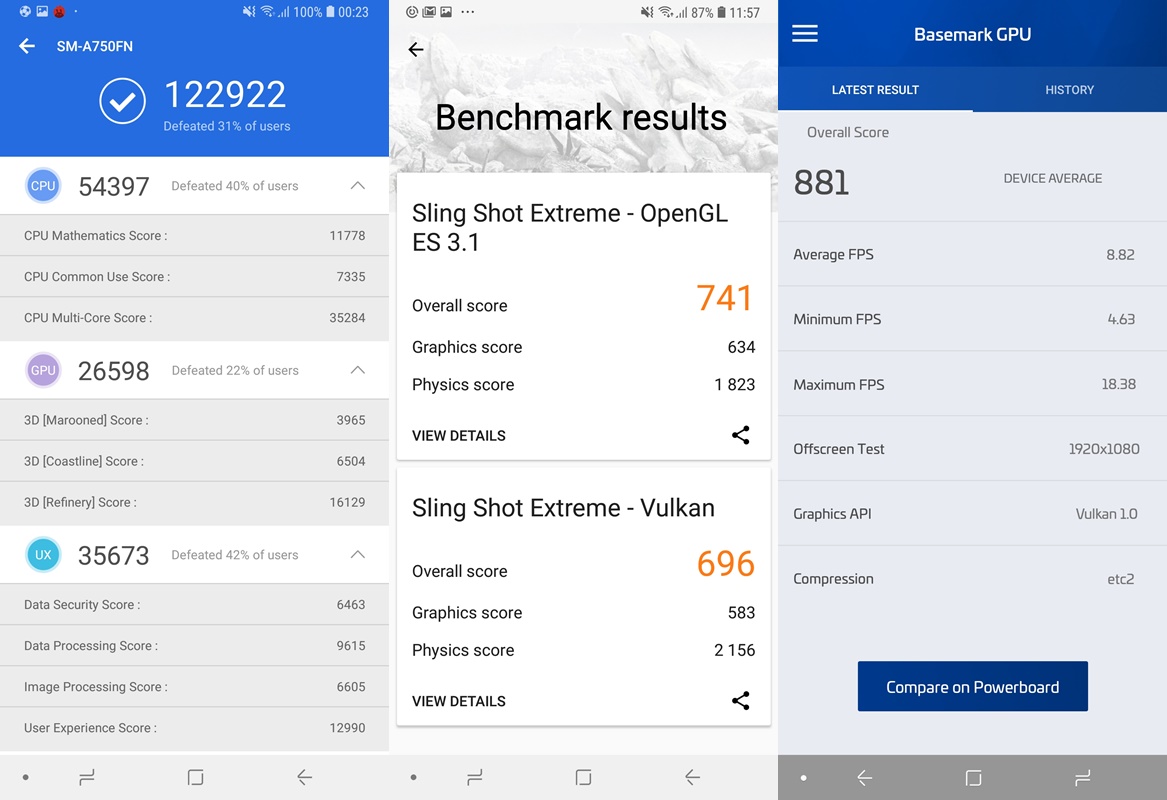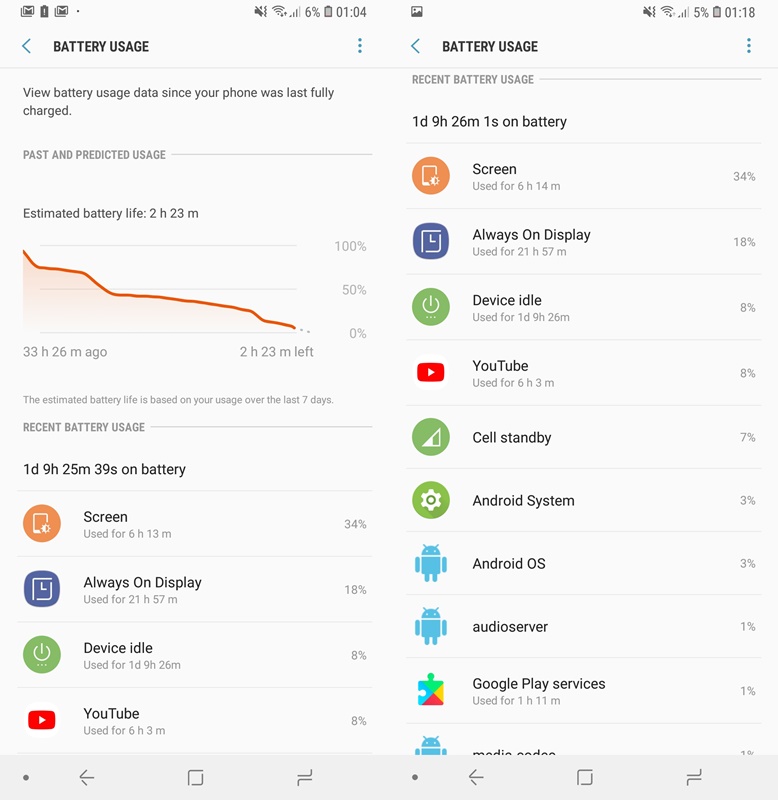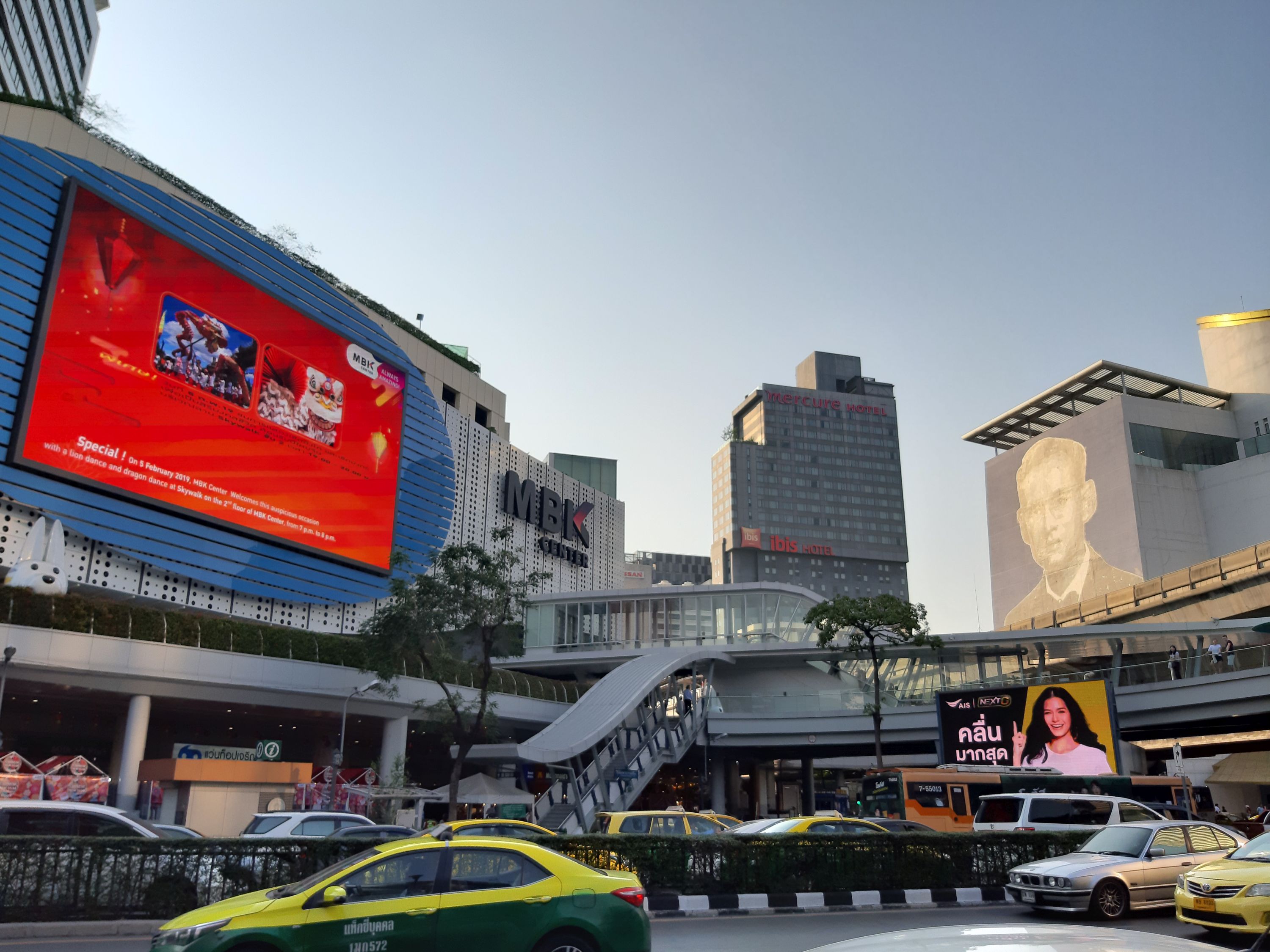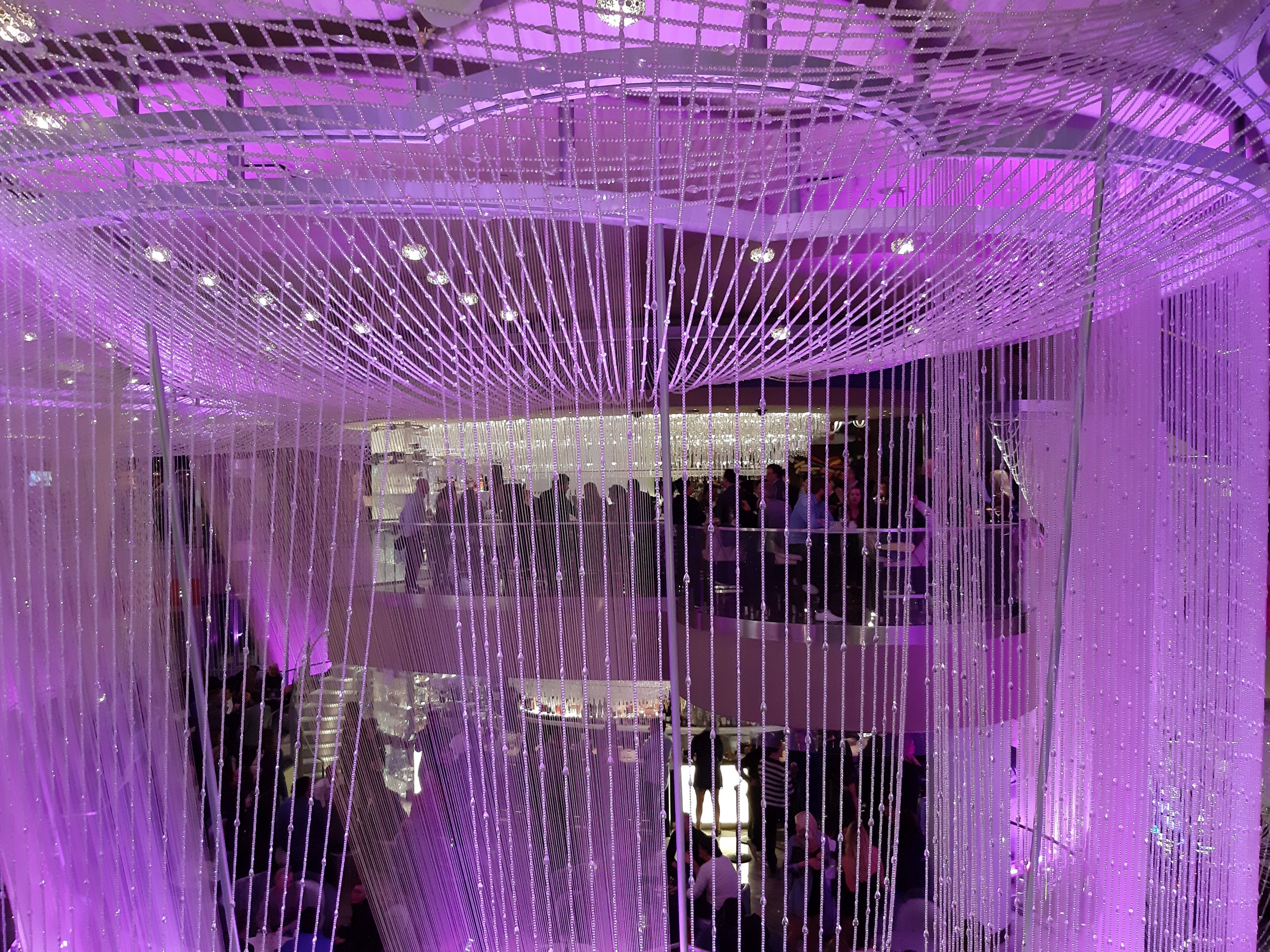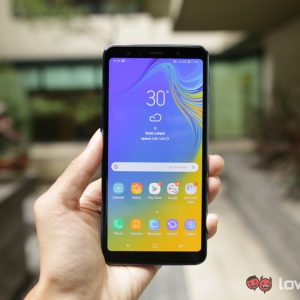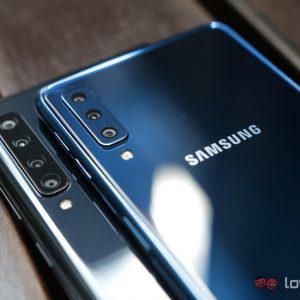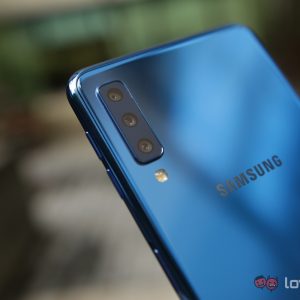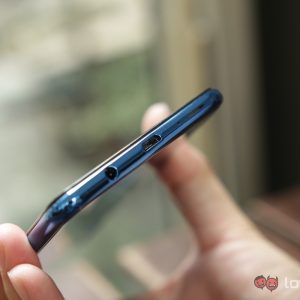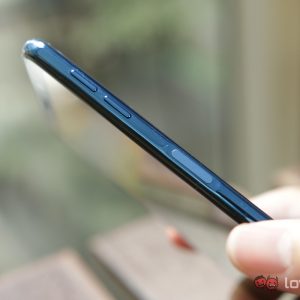The Samsung Galaxy A7 may have launched back in October last year, the phone is no less important in 2019, especially as an option for consumers in the mid-range market. It saw a grand fanfare during its official launch, but not much has been said
At its current asking price of RM1099, it’s difficult to say no to such a smartphone. Especially one that comes equipped with a triple camera sensor. So then, the question is; how much bang for your buck are you actually getting with the Galaxy A7?
Specifications
Despite being classified as a mid-range smartphone for the millennials, the hardware within the Galaxy A7 is surprisingly beefy. For RM1099, you get a 6.0-inch Full HD+ Super AMOLED Infinity Display, and more importantly, a triple camera main array comprising 24MP, 8MP, and 5MP sensors.
It’s also got a Exynos 7885 SoC, combined with 4GB RAM and a pretty sizeable 3000mAh battery. On top of that, the default variant Samsung is selling in Malaysia has an internal stroage capacity of 128GB that, unsurprisingly, is expandable by 512GB through via the microSD card slot.
Design
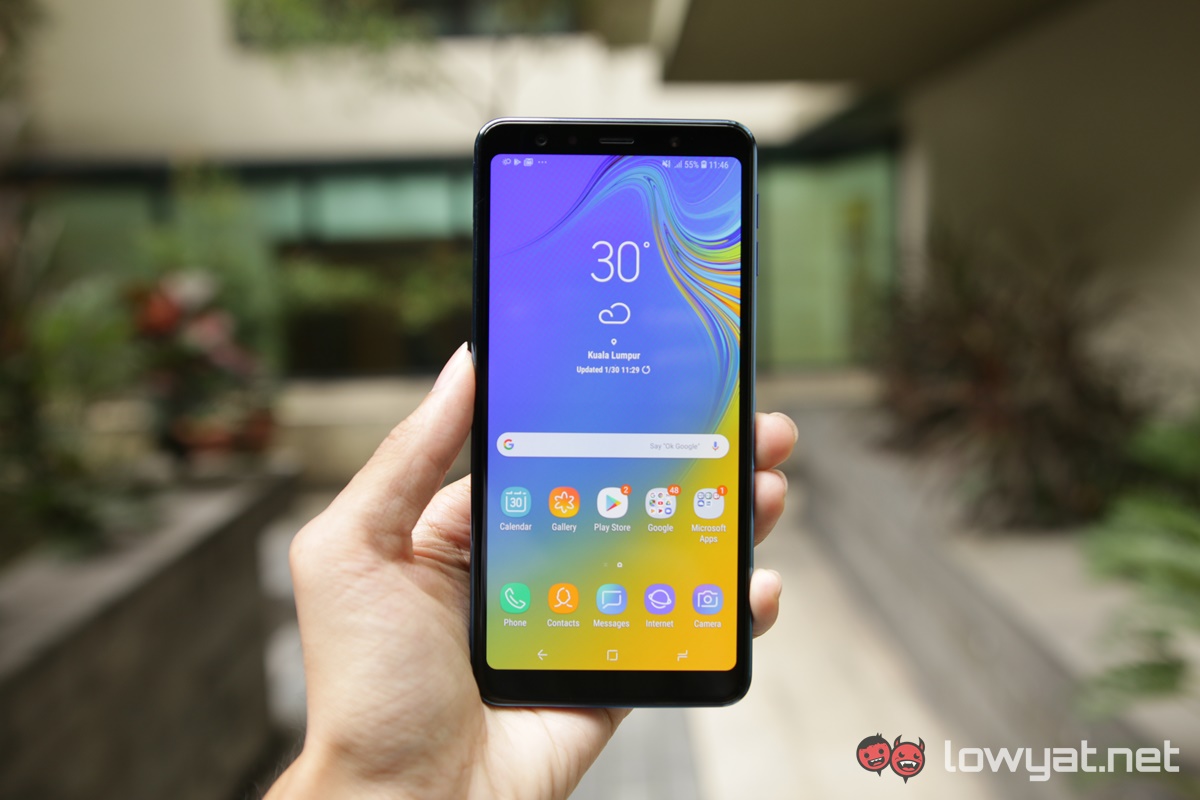
At a glance, one thing that’s absolutely clear is that Samsung doesn’t stray far when it comes to design. The Galaxy A7 looks nearly identical to the Galaxy A8, another mid-range Galaxy smartphone that launched more than a year ago.
At the front, the Galaxy A7 keeps Samsung’s Infinity design, sporting a 6-inch Full HD+ (1080 x 2280) Super AMOLED display. Unlike the premium flagships, the bezels are still quite thick at the top and bottom, and the display isn’t really stretched all the way to the sides.
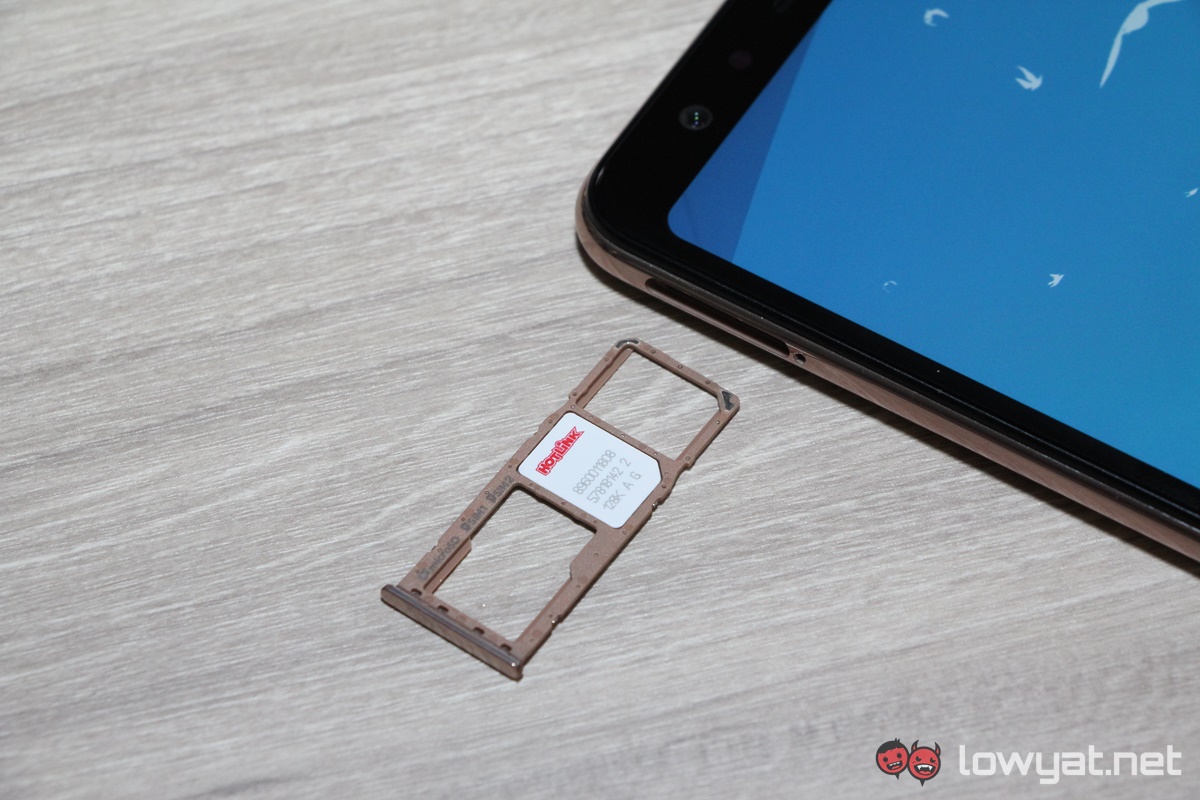

The back of the Galaxy A7 is glossy and doesn’t really stand out, save for the triple 24MP + 8MP + 5MP camera system that can be seen protruding out from it. Alas, one problem with having a glossy back means that the phone is also a fingerprint magnet.
The fingerprint sensor is right where it should be.
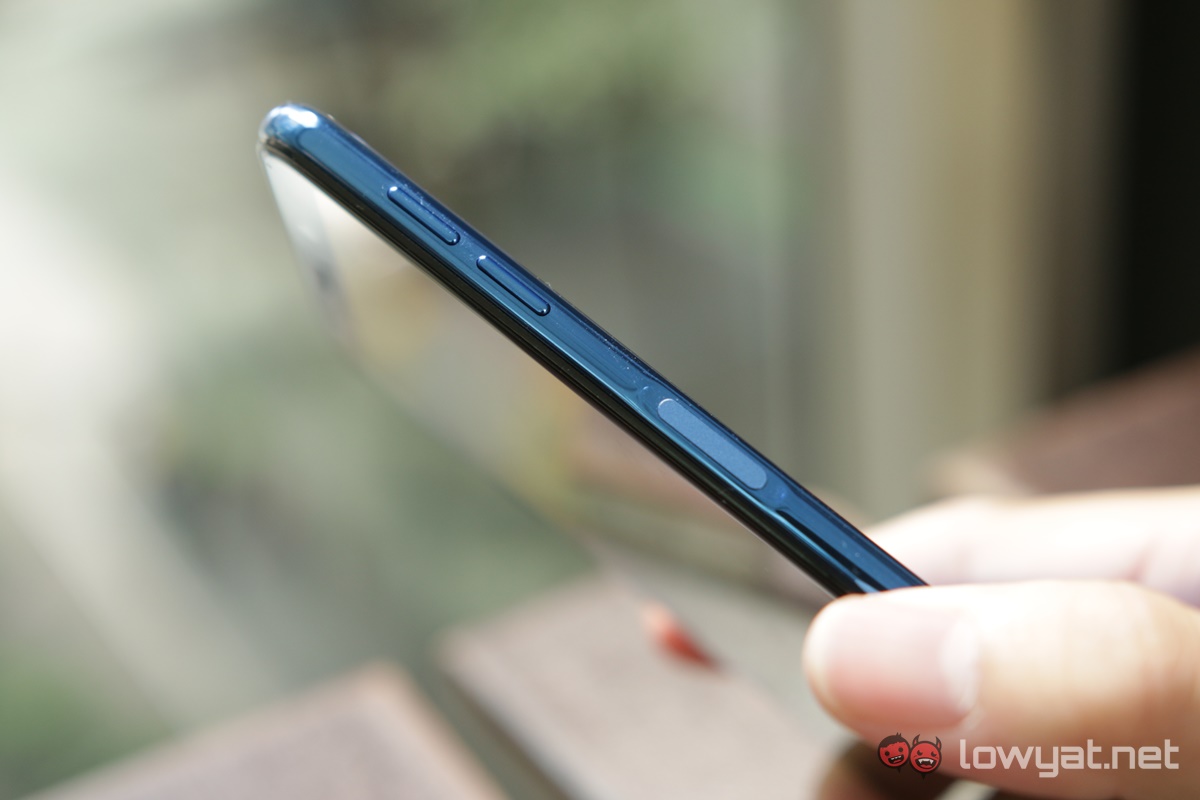
I like the power button of the Galaxy A7. A lot. The fact that Samsung actually chose to embed the fingerprint scanner into it effectively puts that security feature in the best position for any phone. I also like that it isn’t positioned too high up the side; it’s situated around the middle, just like the power button on the Sony Xperia XZ Premium and Razer Phone series.
Unlike the Galaxy A9, the Galaxy A7 doesn’t have a dedicated Bixby button, but the feature is present on the phone. Truth be told, the absence of the button does actually help to accentuate the phone’s overall slim and sleek button.
A surprisingly light smartphone.
Fingerprint scanner aside, the build quality is another plus point for the Galaxy A7, as well as its lightweight. It feels solid in my grip, and because of its weight (or lack thereof), it feels comfortable to hold over long periods of time.
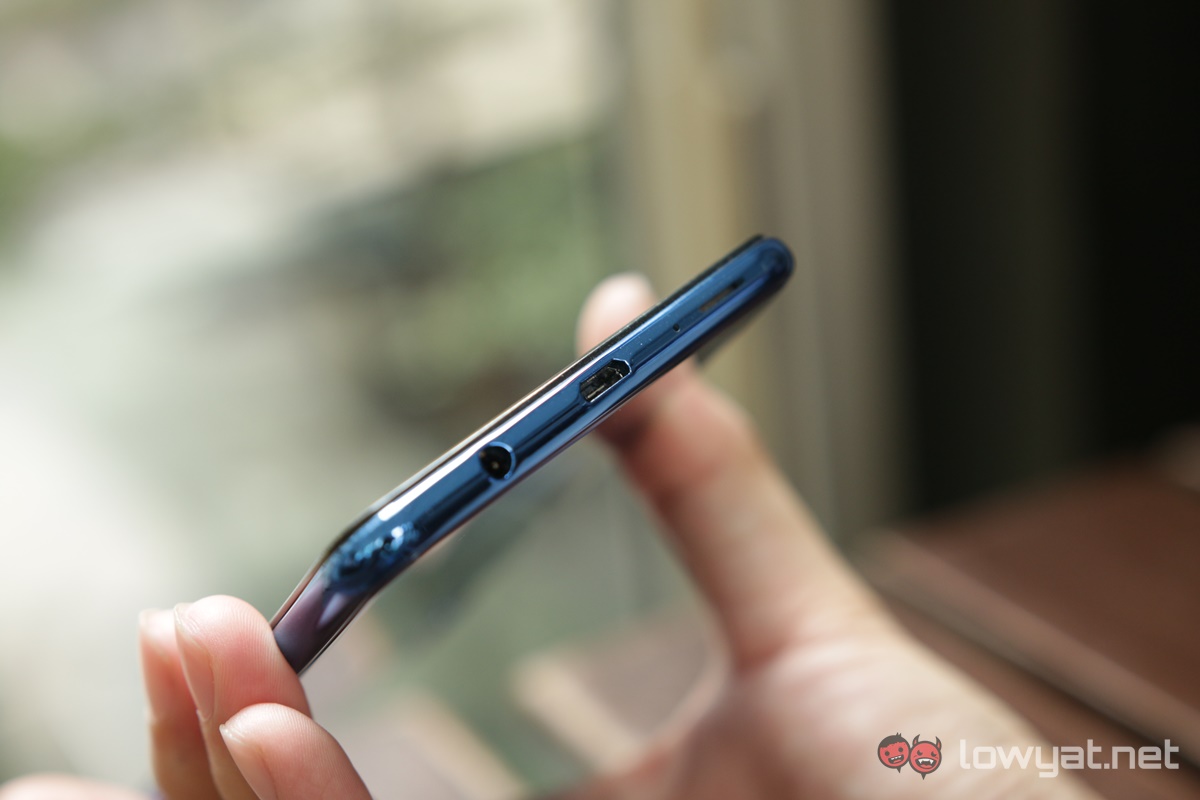
Audiophiles will be happy to know that the Galaxy A7 has a 3.5mm headphone jack. A port that is fast becoming rare in at a time when smartphone makers are slowly phasing it out in favour of the wireless audio trend.
What I do take issue with is Samsung’s choice of the microUSB port. Many smartphones these days, mid-range and premium, are already adopting the USB-C standard. More importantly, if Samsung could fit a USB-C port on to the Galaxy A9, I see no reason why it couldn’t do the same with the Galaxy A7.
User Experience
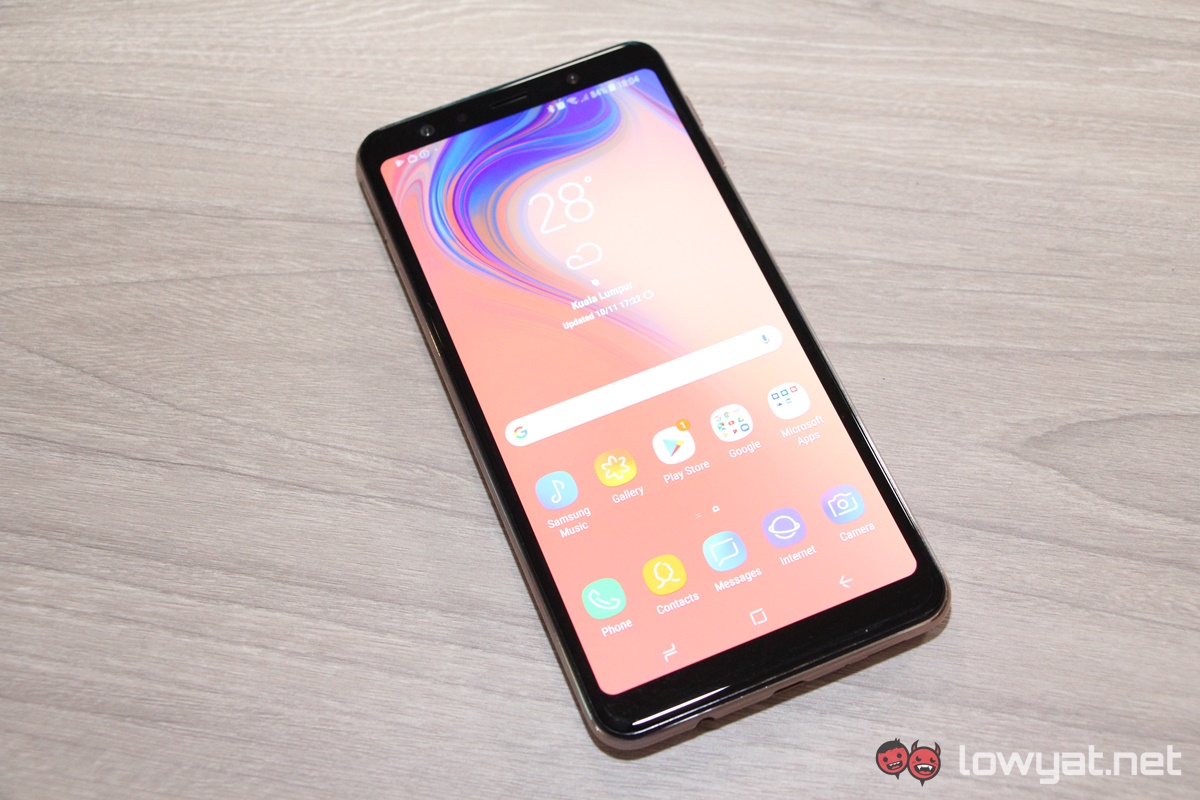
The Samsung Experience UI of the Galaxy A7 is both familiar and pleasant to use. Navigation through the device is fluid and an easy experience; Till this day, I love how I can easily bring up the app drawer with either a swipe up or down from any window on the main display.
As mentioned earlier, the Galaxy A7 comes with support for Bixby, but lacks a dedicated button for the digital assistant. And that’s actually fine with me. Bixby is a fun feature, but truth be told, Samsung’s digital assistant still needs to be improved further. To that end, I still find Google Assistant to be the better digital assistant.
The performance of the Galaxy A7 is yet another avenue that I have no issues with. On our synthetic benchmarks of AnTuTu, 3DMark, and Basemark, the obtained scores were pretty much in line with mid-range smartphones of today.
Pretty impressive battery life and moderate charging speeds.
The battery life of the Galaxy A7 is by far its most impressive feature. As my daily driver, the phone gives me a little more than a full day’s worth, and this is includes checking my emails, messages and watching the occasional video.
As a media player continuously and binge-watching YouTube videos and Netflix, it takes the phone about six hours to nearly deplete its battery. Charging the phone through its microUSB port is a straightforward affair as well, with a full hour giving the phone approximately 40%.
Camera
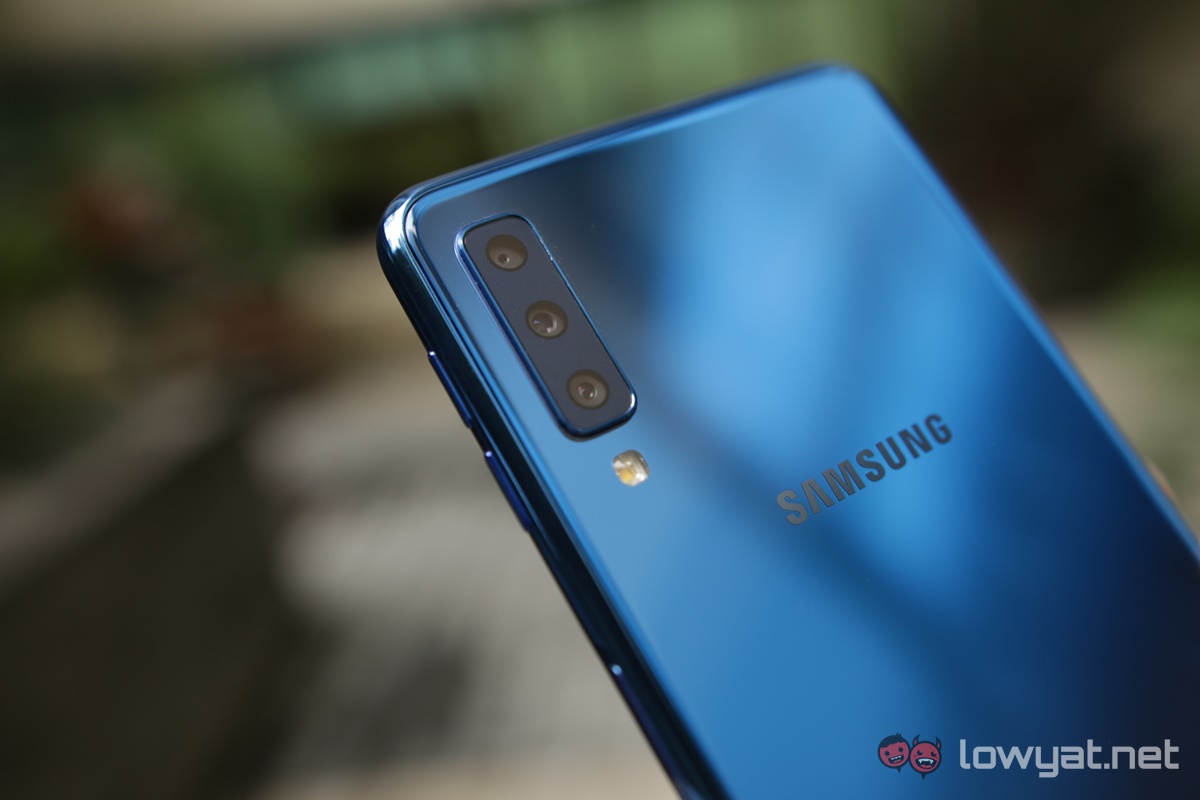
While the Galaxy A7 carries the title as being one of the few mid-range smartphones to sport a triple main camera setup, the feature does feel a little lacklustre. Like almost all phone cameras, the Galaxy A7 is relatively decent when it comes to daytime photography. Images are sharp and detailed, but it’s very obvious that the colours are oversaturated post-processing.
Overcompensation issues in low-light photography.
Low-light and night photography isn’t the Galaxy A7’s strong suit either. Subjects in the picture I capture still retain a pretty high amount of detail and the level of noise is, surprisingly, minimal. Where I take issue with the camera system is in how it overcompensates the exposure levels by on Auto mode by default.
The end result of this overexposure makes photos look flat, and in some cases, the background of some of my pictures are looked blurred, if not smudged. As it is with all Samsung phones, however, I am able to just adjust the exposure levels on the fly.
The selfie experience is, in my opinion, also nothing out of the ordinary. The Live Focus feature is present, meaning that you’re able to tweak familiar features. Such as background blur, how “smooth” you want your skin to be with the on-board beautifying function.
Sample Images
Competition
Samsung retails the Galaxy A7 at RM1099. At that price, the phone comes with 4GB RAM and 128 expandable storage. It’s most certainly not a phone priced on the high side, but as you would expect, the phone has a fair number of competitors that gives it a run for its money.
Here are a couple of those alternatives.
Honor 8X
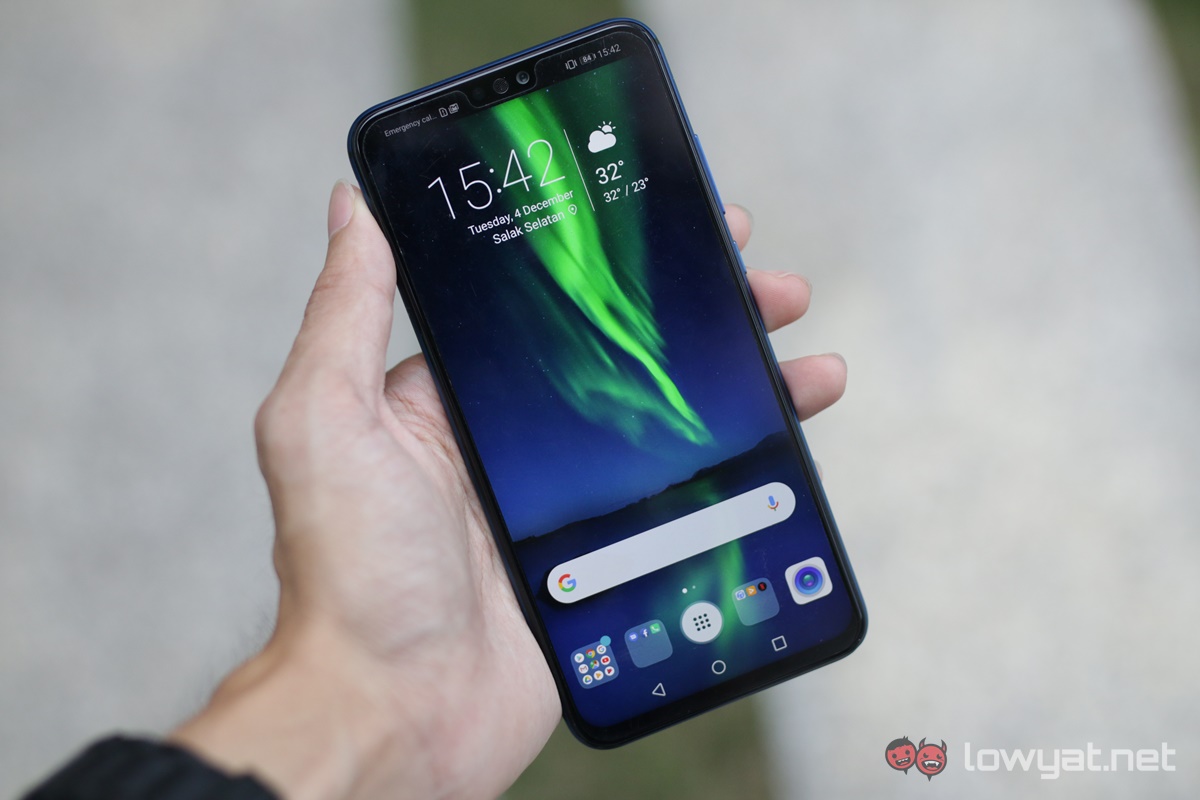
At just RM949, the Honor 8X is one alternative to the Galaxy A7. Like the phone, it also comes with 4GB RAM and 128GB, but more to the point, it has a bigger 6.5-inch Full HD+ (1080 x 2340) display. The phone also uses Huawei’s Kirin 710 SoC, which in turn is better optimised for AI-related processes, thanks in no small part to the on-board Neural Processing Unit (NPU).
The Honor 8X comes with a slightly bigger 3750mAh battery that gave me two full days of use. The Honor 8X only has a dual-camera system, but considering the pictures I took with them, it definitely would give the Galaxy A7 a run for its money.
Pocophone F1
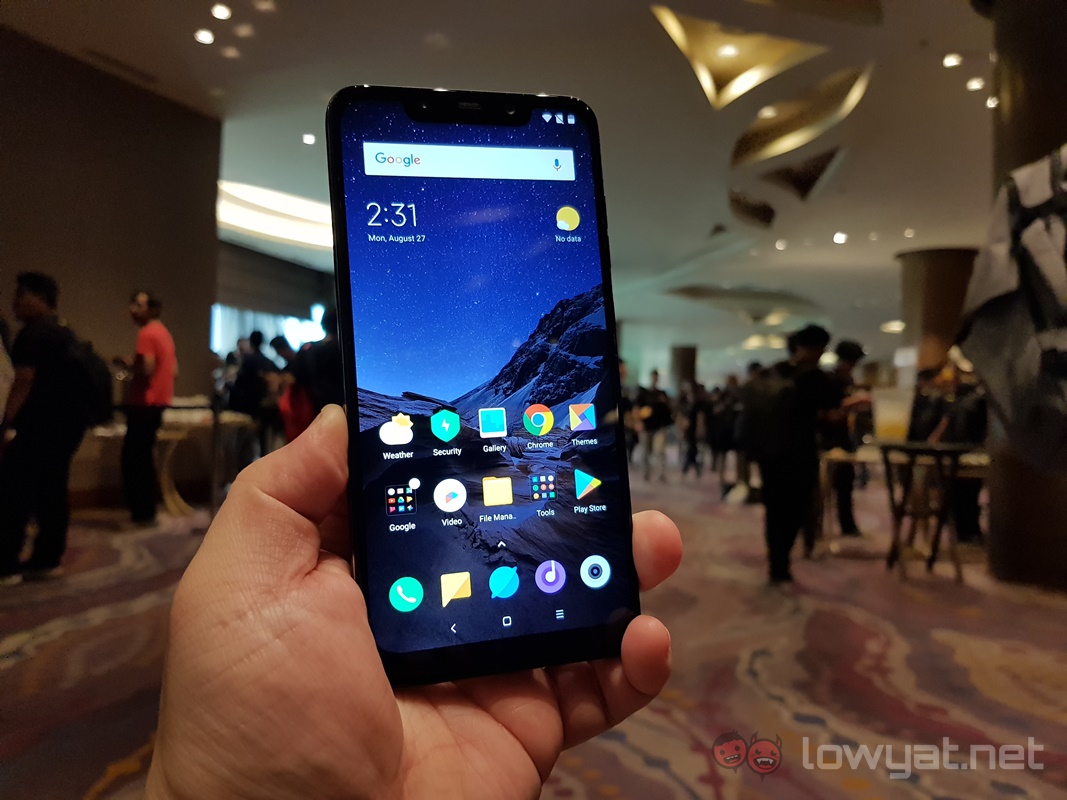
I have tried hard to avoid bringing up this mid-range monster, but it cannot be denied that the Pocophone F1 is both an unequivocal and fitting contender. Not just to the Galaxy A7, but to all mid-range smartphones that are out on the current market.
At just RM300 more than the Galaxy A7, the phone is packed with premium hardware. Including a Qualcomm Snapdragon 845 SoC, 6GB LPDDR4 RAM, 128GB RAM, and a 6.18-inch Full HD+ near bezel-less LCD display.
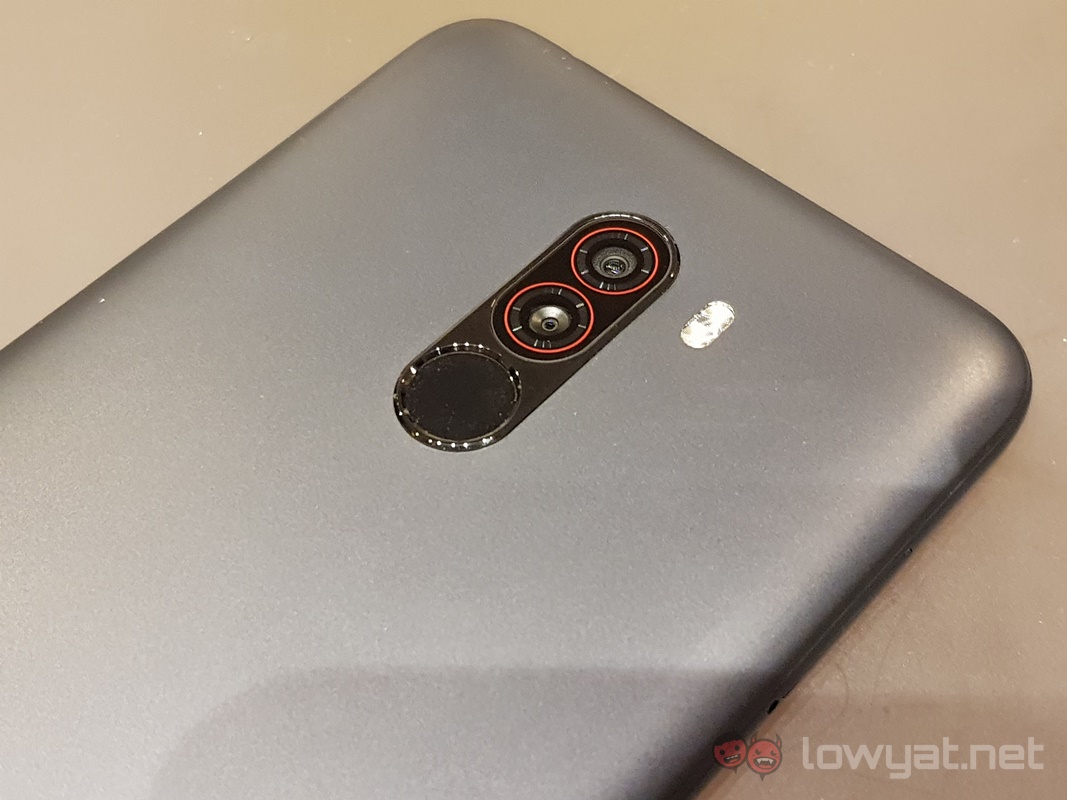
Out of the box, the Pocophone F1’s dual 12MP + 5MP array takes some rather impressive shots, both in the day and in low-light environments. To top it all off, the phone also comes with a 4000mAh battery, giving it enough vitality to last for two marathons.
Conclusion
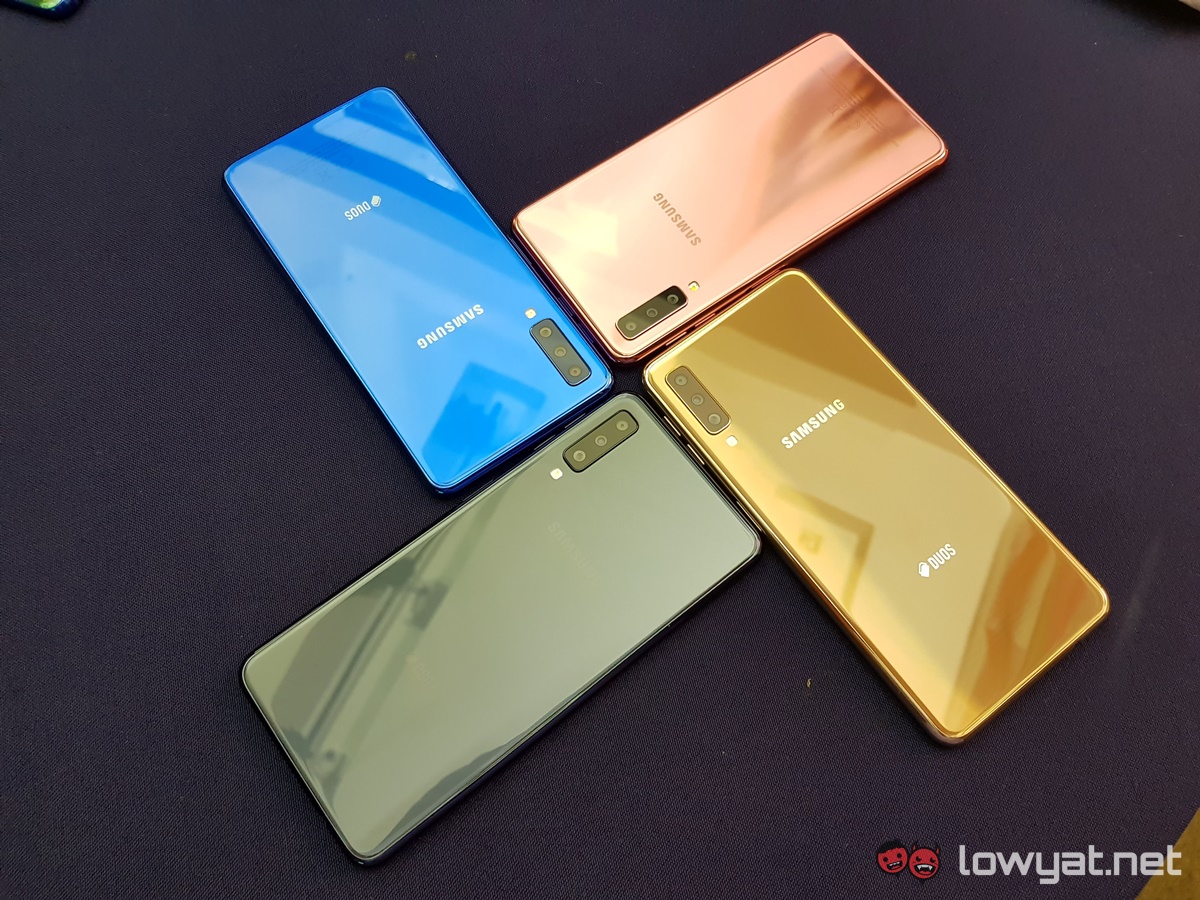
If there is anything to be said about the Samsung Galaxy A7, the phone is clearly designed for the consumers seeking out a phone that incorporates the latest camera trends, has a good build to it, and a performance that doesn’t falter over prolonged use.
The Galaxy A7 gives you a triple-camera main array without having to blow your budget.
To be fair, it’s not the most optimised triple-camera system on the market, but it doesn’t mean that the camera is all that bad. To reiterate my points; the Galaxy A7 is no slouch and is still capable of taking some really great shots in the day. Love it or leave it, the phone is also currently the only mid-range smartphone in the market to feature a triple-camera main array and a sleek look. And it only costs RM1099.
Photography by Li Jin Soh.
Follow us on Instagram, Facebook, Twitter or Telegram for more updates and breaking news.


